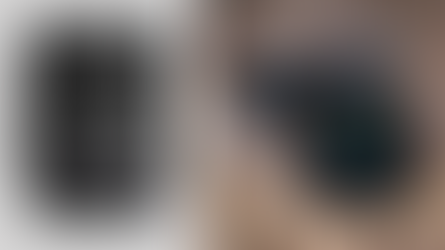Clamshell Lighting Photography
- The Magazine For Photographers

- Jul 8
- 2 min read

What Is Clamshell Lighting?
Clamshell lighting is a two-light setup where one light is placed above the subject and the other below, both aimed toward the face. The top light does most of the work, while the bottom light (or reflector) fills in the shadows and evens everything out.
The result? Soft, glowing skin, minimal shadows, and a nice sparkle in the eyes (called catchlights).
Why Use It?
It’s very flattering for skin and facial features
Great for beauty, fashion, editorial, or headshots
Softens wrinkles and minimises texture, especially useful in close-up portraits
You can do it with studio gear or natural light plus a reflector
Basically, if you want your subject to look polished, elegant, and well-lit without going over the top, clamshell lighting is the move.
What You’ll Need
One main light (softbox, ring light, or even a large window)
One fill light or a white reflector
A stand or tripod for the bottom light/reflector
Optional: a backdrop if you’re going full studio style
How to Set It Up
Position the Main Light (Key Light)Place your softbox, ring light, or window about 30–45 degrees above the subject’s eye level and directly in front of them, angled slightly down toward their face.
Add the Fill Light or Reflector BelowPut a second light (or white/silver reflector) just below the subject’s chin, angled up. This bounces light into the shadows under the nose, eyes, and chin.If you’re using a reflector, a simple V-flat or a pop-up reflector on a stand works great.
Position the Subject Facing ForwardYou want the person looking straight into the space between the two light sources. This gives the iconic glow and balanced catchlights in both eyes.
Fine-Tune Your DistanceIf the fill light is too close, it can flatten things out too much. If it’s too far, you’ll get harsh shadows. Tweak until you get a nice soft balance, usually a few feet between subject and lights is a good starting point.
Natural Light Version (No Studio Gear)
If you don’t have studio lights, no worries:
Use a large window as your main light (north-facing ones are great)
Place a white foam board or reflector just below the person’s face to bounce light back up
That’s it. Super simple, and it still works great.
When Not to Use It
Clamshell lighting is great, but it’s not for every situation. If you’re going for drama or texture, this probably isn’t your setup. It flattens things out and makes everything soft and pretty, which is great when that’s the goal, but not if you want grit or depth.










Comments